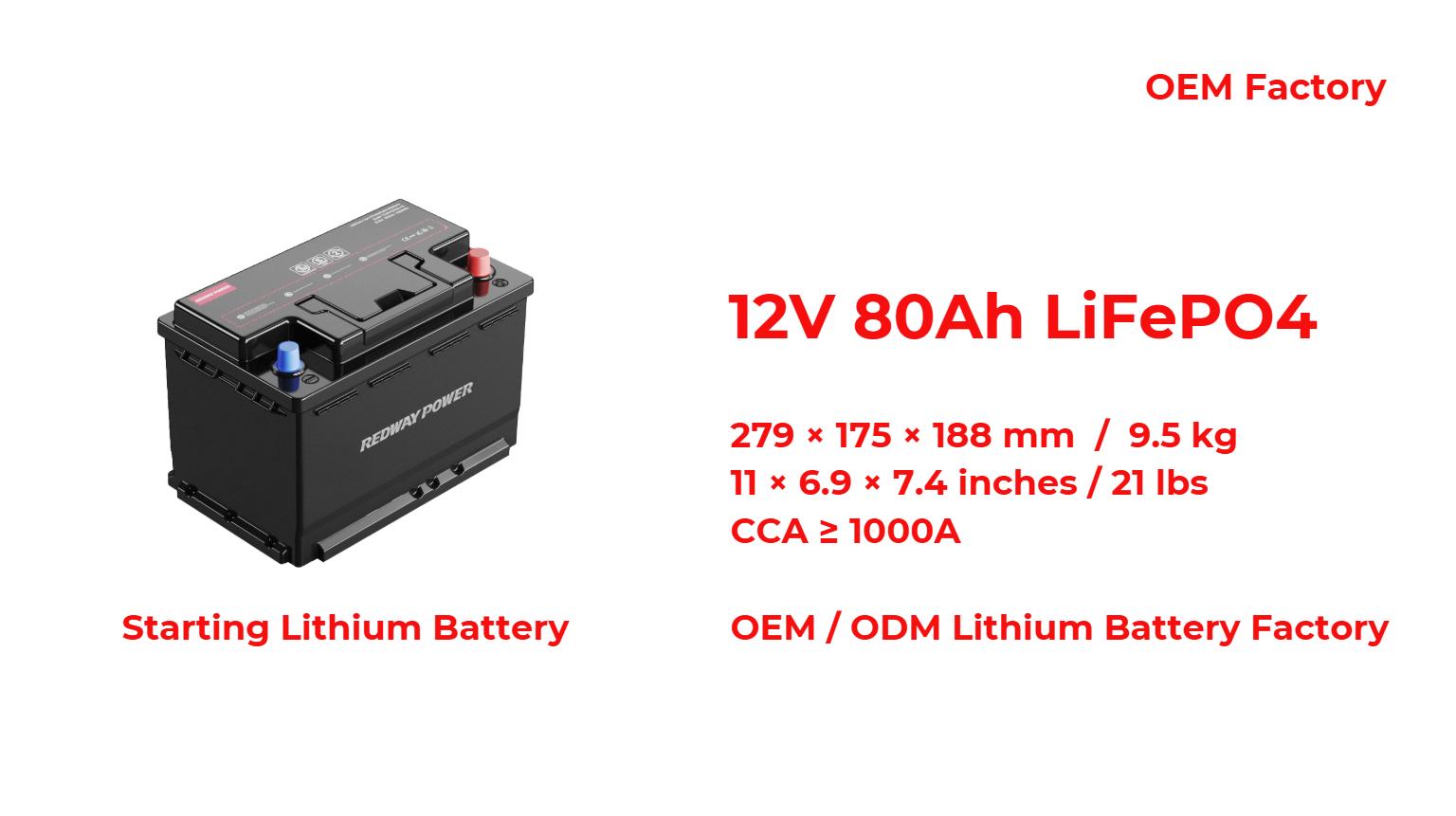What Are the Best Practices for Car Battery Maintenance?
Maintaining your car battery is essential for ensuring reliable vehicle performance and longevity. This article addresses various topics, including whether?tower desktops have batteries, best practices for maintaining car batteries, and tips for extending battery life, along with common causes of dead batteries.
Does a Tower Desktop Have a Battery?
A tower desktop computer does not typically have a main battery like laptops do. However, it contains a CMOS battery (usually a CR2032) on the motherboard, which powers the BIOS settings and keeps track of the system time when the computer is off. This battery usually lasts 2-3 years before needing replacement. Most tower desktops?do have a battery, primarily in the form of a CMOS battery:
- Function: The CMOS battery powers the system’s BIOS settings and keeps the clock running when the computer is unplugged.
- Type: Commonly, these are CR2032 lithium coin-cell batteries.
Chart: Specifications of CMOS Batteries in Desktops
| Type | Voltage | Capacity (mAh) | Average Lifespan |
|---|---|---|---|
| CR2032 | 3V | 220 | 2-10 years |
What Are the Best Practices for Maintaining Car Batteries?
Best practices for maintaining car batteries include regularly checking and cleaning terminals for corrosion, ensuring the battery is securely mounted, and avoiding short trips that prevent full charging. Additionally, perform periodic load tests and keep the battery charged above 80% to extend its lifespan. To maintain your car battery effectively, consider these best practices:
- Regular Inspections: Check for corrosion, secure connections, and overall condition.
- Keep It Clean: Clean terminals with a mixture of baking soda and water to prevent corrosion.
- Drive Regularly: Frequent driving helps keep the battery charged.
Chart: Maintenance Tips for Car Batteries
| Practice | Description |
|---|---|
| Inspect Regularly | Look for signs of wear |
| Clean Terminals | Remove corrosion |
| Drive Frequently | Keep battery charged |
How to Charge a Dead Battery After Towing?
To charge a dead battery after towing, connect a portable jump starter or use jumper cables from another vehicle. Ensure both vehicles are off before making connections. Once connected, start the donor vehicle and allow it to charge the dead battery for a few minutes before attempting to start the towed vehicle. Charging a dead battery after towing involves several steps:
- Jump Start: Use jumper cables to connect to another vehicle’s battery.
- Drive or Charge: Once started, drive the vehicle for at least 20 minutes or connect it to a charger.
- Check Connections: Ensure all connections are secure and clean.
What Are Tips for Extending Battery Life in Vehicles?
To extend battery life in vehicles, limit short trips that prevent full charging, keep the battery clean and securely fastened, turn off all lights and accessories when not in use, and regularly check fluid levels in non-sealed batteries. Additionally, consider using a battery maintainer if the vehicle is not used frequently. To extend your vehicle’s battery life, implement these strategies:
- Limit Short Trips: Frequent short trips can prevent full charging.
- Turn Off Accessories: Always turn off lights and other electrical accessories when not in use.
- Use a Trickle Charger: Consider using a trickle charger during long periods of inactivity.
Chart: Tips for Extending Battery Life
| Tip | Description |
|---|---|
| Avoid Short Trips | Longer drives help recharge |
| Turn Off Accessories | Prevents unnecessary drain |
| Use Trickle Charger | Maintains charge during inactivity |
What Are Common Causes of Dead Batteries?
Common causes of dead batteries include leaving lights or accessories on, extreme temperatures affecting performance, frequent short trips preventing full charges, and natural wear and tear over time. Additionally, parasitic drains from faulty wiring or devices can also contribute to premature battery failure. Common causes of dead batteries include:
- Parasitic Drain: Electrical components that remain on can drain the battery.
- Extreme Temperatures: Both hot and cold weather can affect battery performance.
- Old Age: Batteries naturally degrade over time and lose their ability to hold charge.
Expert Views on Car Battery Maintenance
Proper maintenance is key to prolonging your car battery’s lifespan,” states an industry expert. “Regular checks, cleaning terminals, and understanding your driving habits can significantly impact performance.”
Frequently Asked Questions About Car Batteries
- What is the average lifespan of a car battery?
The average lifespan is typically between 3 to 5 years, depending on usage and maintenance. - Can I use any brand of battery in my car?
It is best to use batteries that meet your vehicle¡¯s specifications to ensure compatibility and performance. - How do I know if my battery needs replacing?
Signs include slow engine crank, dimming lights, or corrosion around terminals.
How To Maintain Your Car Battery?
To maintain your car battery, follow these best practices: regularly clean terminals to prevent corrosion, ensure the battery is secured, and keep it cool. Charge the battery every few weeks if not in use, check fluid levels, and perform maintenance at least twice a year to extend its lifespan and performance.
Know More
What You Need to Know About General Battery Replacement and Maintenance
What Are the Best Practices for Battery Charging and Maintenance?
How to Properly Maintain and Care for Your Lithium-Ion Rack Battery System
Can APC Rack-Mounted Batteries Be Hot-Swapped?
What Are the Best Practices for Car Battery Maintenance?

